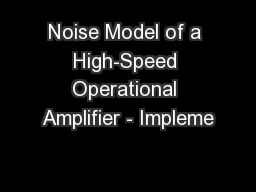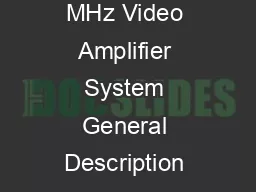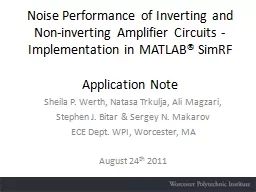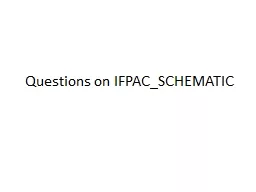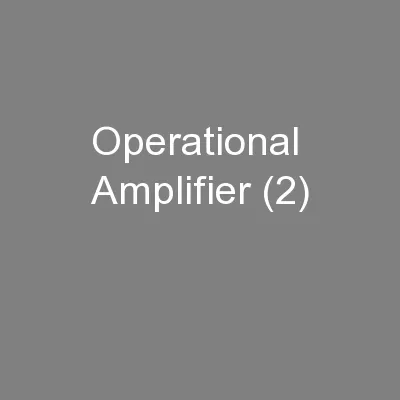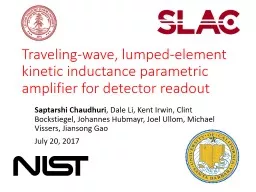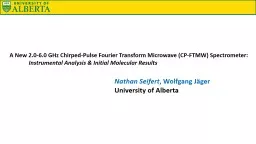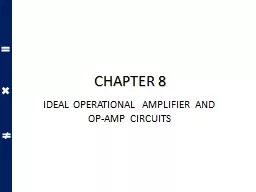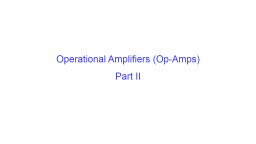PPT-Noise Model of a High-Speed Operational Amplifier - Impleme
Author : lois-ondreau | Published Date : 2015-09-26
SimRF Application Note Sheila P Werth Stephen J Bitar amp Sergey N Makarov ECE Dept WPI Worcester MA July 5 th 2011 1 Outline Concept of a noisy operational
Presentation Embed Code
Download Presentation
Download Presentation The PPT/PDF document "Noise Model of a High-Speed Operational ..." is the property of its rightful owner. Permission is granted to download and print the materials on this website for personal, non-commercial use only, and to display it on your personal computer provided you do not modify the materials and that you retain all copyright notices contained in the materials. By downloading content from our website, you accept the terms of this agreement.
Noise Model of a High-Speed Operational Amplifier - Impleme: Transcript
Download Rules Of Document
"Noise Model of a High-Speed Operational Amplifier - Impleme"The content belongs to its owner. You may download and print it for personal use, without modification, and keep all copyright notices. By downloading, you agree to these terms.
Related Documents

